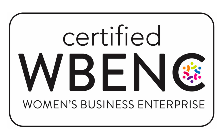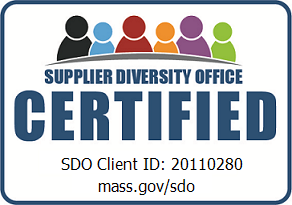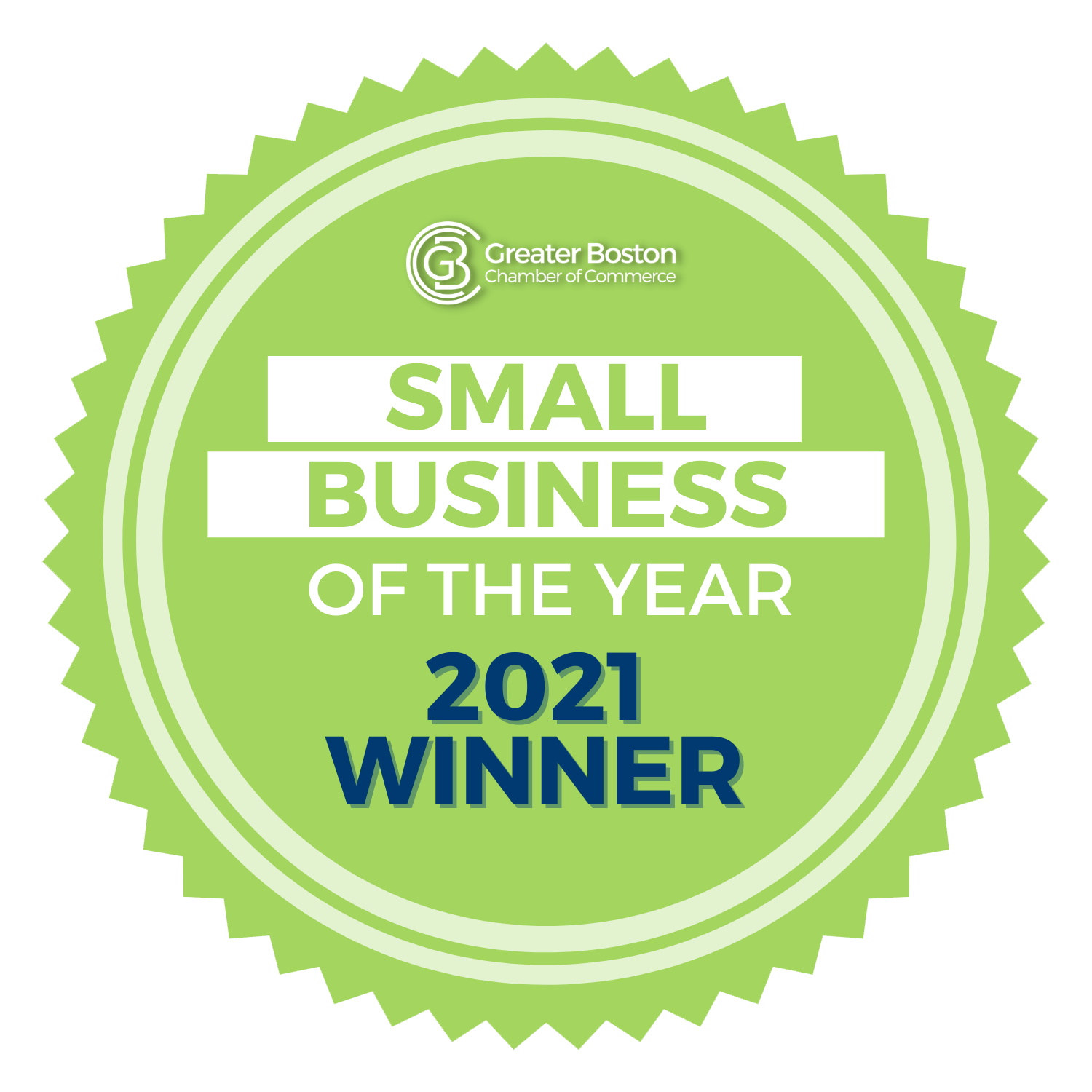If social media and marketing are a part of your job, chances are you’ve worked with influencers at some point to promote a product or service for your company or client. If you haven’t, now is the time to start. Out of 2 billion active Instagram users, more than 500,000 are influencers, and nearly half of Instagram users say they use Instagram to shop weekly. If working with influencers is new territory, we’ve outlined its importance and highlighted the benefits of influencer marketing below!
What is social media influencer marketing?
Social media influencer marketing is a type of social media marketing used to increase visibility, sales, or other desired areas of brand awareness. Including paid advertisements, product placement, or endorsements from influencers – people with influence across social media platforms – this strategic type of marketing is meant to encourage the audience to buy the product or check out the service the brand offers via the influencer.
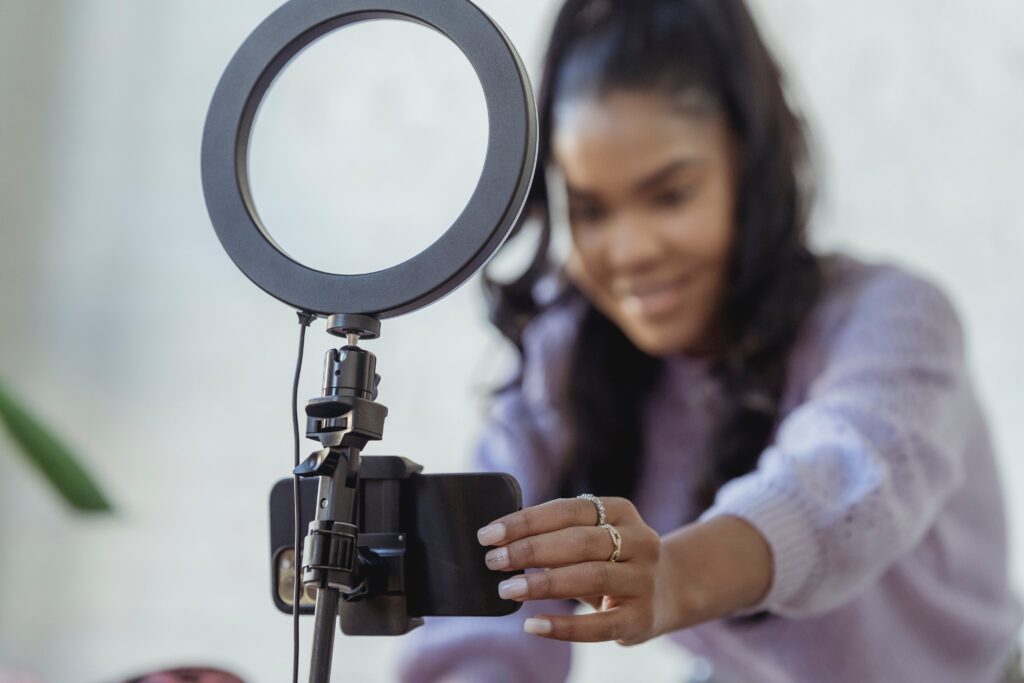
Why is influencer marketing important for businesses?
There are only so many ways a brand or organization can market its product without using the same tactics over and over. Utilizing influencers can open up a new world of creativity and highlight the brand from a different, unique perspective. Influencers have the ability to strengthen the content’s organic feel on social media and avoid the typical commercial look. Marketing strategy aside, there are many additional benefits to working with influencers. Check out our list below of why you should be working with influencers if you’re not already.
5 Benefits of Social Media Influencer Marketing
1. Increase Brand Awareness
One of the main reasons brands choose to work with influencers is to increase their brand awareness and visibility on social media. Often encompassing thousands to hundreds of thousands of followers, influencers can reach different and sometimes more targeted audiences, gaining the brand a whole new set of viewers and potential customers. Social media users follow the influencers whose content aligns most with their interests. They’re likely avoiding the commercial ads that are heavily baked into their feed and instead prefer to view an advertisement from an influencer, which is perceived as much more genuine.
2. New, Unique Content
In addition to increasing brand awareness, working with social media marketing influencers provides a different look and feel to the brand’s content. It’s challenging to constantly come up with fresh ideas and ways to engage your audience, and keep up with current trends. Influencers can provide an original, creative, and timely approach to content, giving the audience a new perspective on your brand.
3. Building Trust
Influencers are aptly named for their ” influence ” on their followers. While the brand is the expert on their business, the influencer is the expert on their audience. Influencers build loyal and attentive followings by being honest and consistent, fostering a sense of credibility. When an influencer poses a recommendation to their followers, the audience is enticed to check it out because they trust that the creator is recommending a good product or service. Of course, a brand will promote what they’re selling, but it can come across as more meaningful from an influencer who genuinely enjoys the product and wants to talk about it.
4. Cost Effective
Paid advertisements can be costly for businesses, but social influencer marketing can alternatively be a cost-effective option. Though price varies from influencer to influencer, advertising with them is ultimately more valuable. You get to build a relationship with someone who loves your brand, and you’re potentially gaining new followers or customers, building brand awareness, and ultimately boosting your sales. You gain all of the above for the price of one influencer instead of paying for commercial advertisements that people are likely ignoring.
5. Accessible to all
Whether you’re a major corporation or a small business, influencer marketing is accessible to organizations of all sizes. When you’re just beginning to work with influencers or if you have a smaller budget, look into nano and micro-influencers (see influencer tiers chart below) in your industry. Once you measure the success of those campaigns using social influencer marketing platforms and tools or if you have a larger budget, it is worth exploring macro or mega influencers. Enlisting influencers is also an accessible avenue to pursue when you’re part of a smaller advertising or social media content team. With your guidance and expertise, influencers can take some of the content creation workload off your plate.
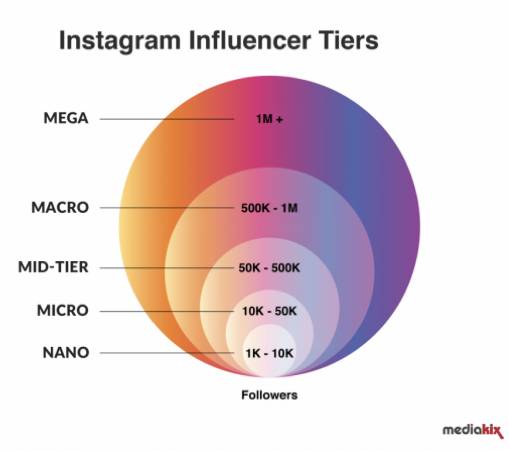
How to get started with social media marketing influencers
Getting started with social media influencers may seem overwhelming, but with a few simple steps, you’ll be able to develop a strategy that works for your social media campaign.
Step 1: Outline Your Goals
When thinking about your social media campaign with influencers, the first step is to think about what you want to achieve. Are you hoping to gain more followers? Do you want to grow your engagement? Is boosting sales the main priority? Outline your objectives and keep them in mind as you reach out to influencers – who is the best fit to help you accomplish these goals? This is a good time to determine which social media platforms you’ll want to work with influencers. Influencers are most prevalent on Instagram and TikTok.
Step 2: Research Influencers in Your Industry
After your goals are defined, it’s time to assemble a list of influencers you’d be interested in partnering with. You can do research in a variety of ways.
- Option 1: Use the search function on Instagram, TikTok or the platform you want to work with influencers on. Come up with a few keywords and targeted search terms that will help you discover influencers in your industry.
- Option 2: Utilizing the same keywords, do a simple google search to see who pops up. You may even find an already curated list of influencers who specialize in your industry.
- Option 3: Finally, influencer research platforms like Upfluence and BuzzStream help you identify the best creators for your brand and assist in influencer outreach. While Options 1 and 2 are free, this step is worth investing in if you have a little extra budget.
As you or your team are researching influencers to partner with, consider what other businesses they partner with (any of your competitors?), their values, the frequency of their posts, and their engagement. It’s critical to do a complete engagement audit – to check more than just follower count but likes and comments as well.
Step 3: Influencer Outreach
Once you’ve solidified your list of influencers, it’s time to begin your outreach. While you may think sliding into the DM’s (direct messages) is the most effective way to reach them, your message can get lost, as most highly engaged influencers receive hundreds of emails and direct messages a day. Most will have their email or contact information in their bio. For larger-scale influencers, you may notice the email belongs to a talent agency or manager who is fielding their inquiries on their behalf. Email is the way to go for your initial outreach message, and if you don’t hear back, then it doesn’t hurt to shoot them a quick DM to let them know you’ve sent them an email.
As with any email outreach, for the best results, be personal and specific in your request.
Step 4: Send a Contract and Brand Guidelines
After you’ve nailed down the influencer(s) for your campaign, before any content gets created, send them a contract outlining the scope of work, posting requirements, compensation terms, exclusivity clause if preferred, and other conditions regarding your partnership. It is also critical to send them brand guidelines to adhere to so they represent you in the best way possible. Be sure to include any critical information about your business, messaging points, ongoing promotions (if applicable), links to your social media profiles, relevant hashtags, a posting timeline, and any other brand requirements or values.
Following these steps, be sure to communicate with your influencer regularly to ensure that content is delivered on time and meets the standards you’ve outlined in your contract.
Looking for help with social media influencer marketing?
Influencers can add tremendous value to your social media marketing and content strategy. Consider researching the influencers in your industry or niche to curate content for your next campaign, you never know what kind of creativity and fresh new ideas you’ll discover!
At Castle, we can help get you started with your social media influencer marketing campaign, whether it’s research, outreach, or strategy development. Check out the full overview of our social media and digital services to see how our social media management consultants can support you. If your business is ready to explore influencer marketing, let’s connect today.












